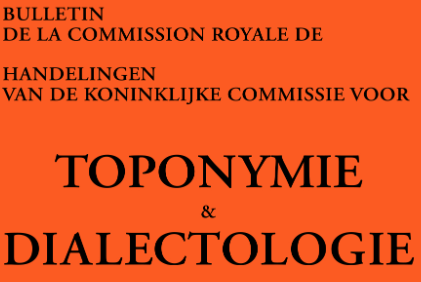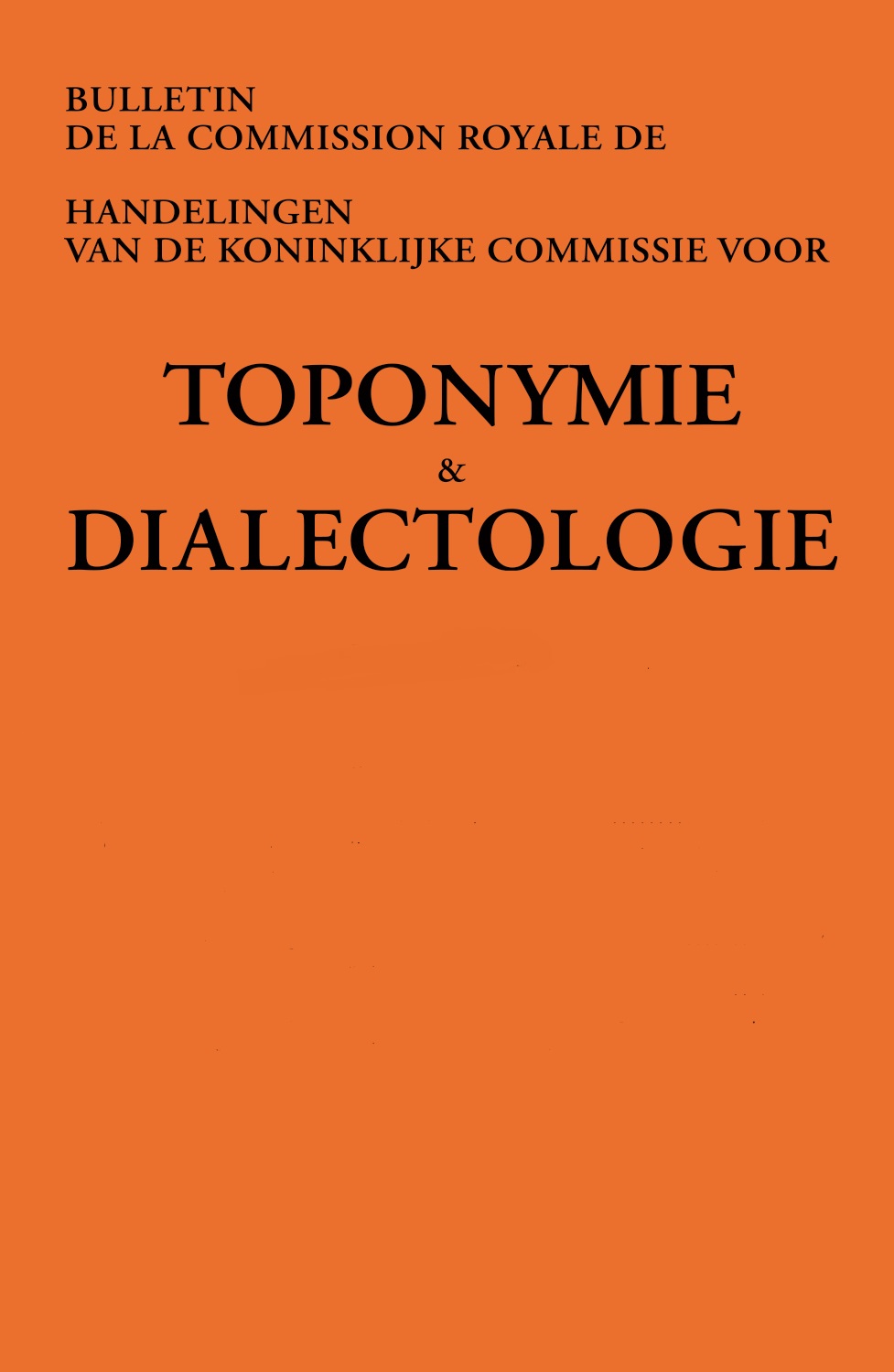Abstract
The most prominent dialect boundaries in the Dutch language area run from north to south, ending in the southwest between the rivers Scheldt and Dender. Notably, one isogloss separates an eastern region with long vowels fronted by i-umlaut, from a western region lacking that feature. This paper examines the main historical linguistic perspectives on the origins of this complex phenomenon integrating historical and archaeological evidence.
A general explanation for the dialect boundaries posits a confrontation between an Ingvaeonic or North Sea Germanic movement from the west and a Frankish movement from the (north)east. The stabilisation of this confrontation, particularly the umlaut-isogloss between the Scheldt and the Dender, remains unresolved and is one of the most intriguing aspects of the Germanic colonisation of the region. Although historical sources are sparse, recent archaeological research has provided new insights. Archaeology, which studies human traces left in the ground - including living forms, artefacts, agriculture and burial practices – has revealed that early medieval cremation rites coincide with the umlaut-isogloss in that region, revealing a convergence between archaeological and historical linguistic evidence.
Northern populations, familiar with Ingvaeonic customs, practised cremation, giving the oldest Ingvaeonic elements in the Low Countries both a cultural and linguistic identity. Alongside the Franks, the Saxons also contributed significantly to the colonisation history of the area. Therefore, it is essential to outline the historical knowledge of the first appearances of the Saxons, Franks and Thuringians and their interactions.
Contemporary sources such as the Byzantine author Procopius (c. 550) are valuable for a better understanding of colonisation on both sides of the Channel and the North Sea. The roots of the umlaut-isoglosses in the Ingvaeonic continuum prompt a discussion of Ingvaeonisms and their early manifestations, including place names ending in -inga haim, within the broader context of the Dutch-Roman language boundary.
How to Cite:
Van Durme, L., (2024) “Vroegmiddeleeuwse funeraire diversiteit en de diepste dialectgrenzen in de Nederlanden”, Handelingen van de Koninklijke Commissie voor Toponymie en Dialectologie 95(1). doi: https://doi.org/10.21825/hctd.89960
Downloads:
Download PDF
View PDF

